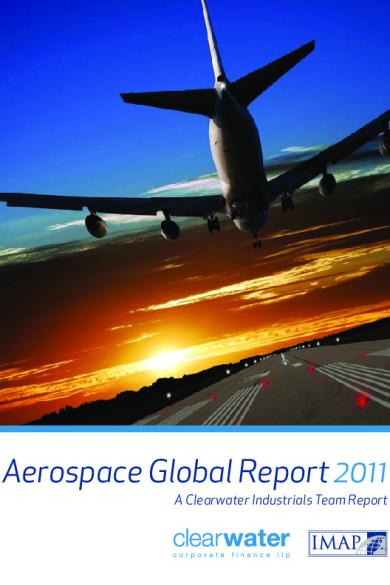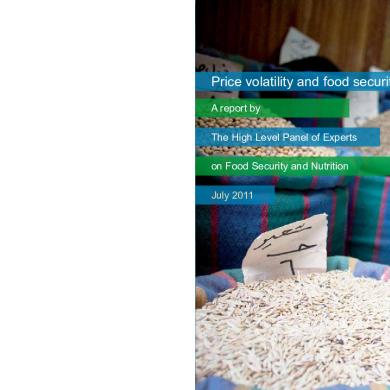
Aerospace GlobalReport 2011
- Uploaded by:
- Size: 6.1 MB
- Type: PDF
- Words: 10,873
- Pages: 24

* The preview only shows a few pages of manuals at random. You can get the complete content by filling out the form below.

- 6.1 MB

Deepak Chachra - 2.1 MB

- 385 KB

Abdoulamomine Youssouf - 2.1 MB

- 125.7 KB

Célio Panquene - 1.4 MB
© 2025 VDOCS.RO. Our members: VDOCS.TIPS [GLOBAL] | VDOCS.CZ [CZ] | VDOCS.MX [ES] | VDOCS.PL [PL] | VDOCS.RO [RO]